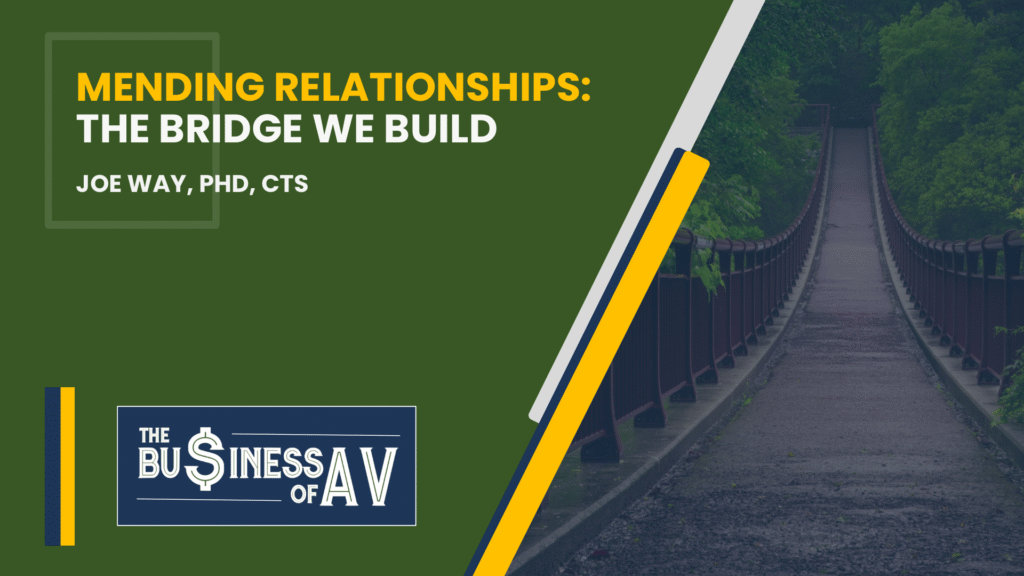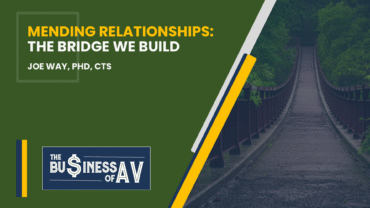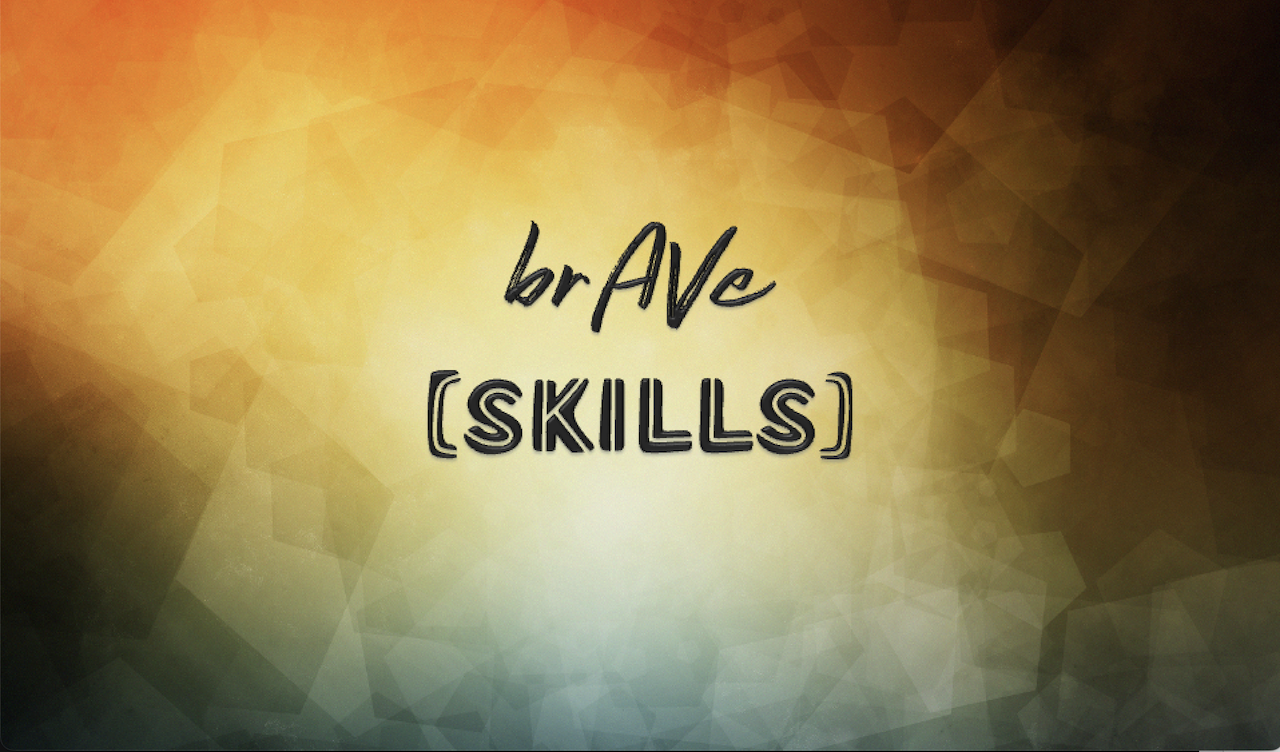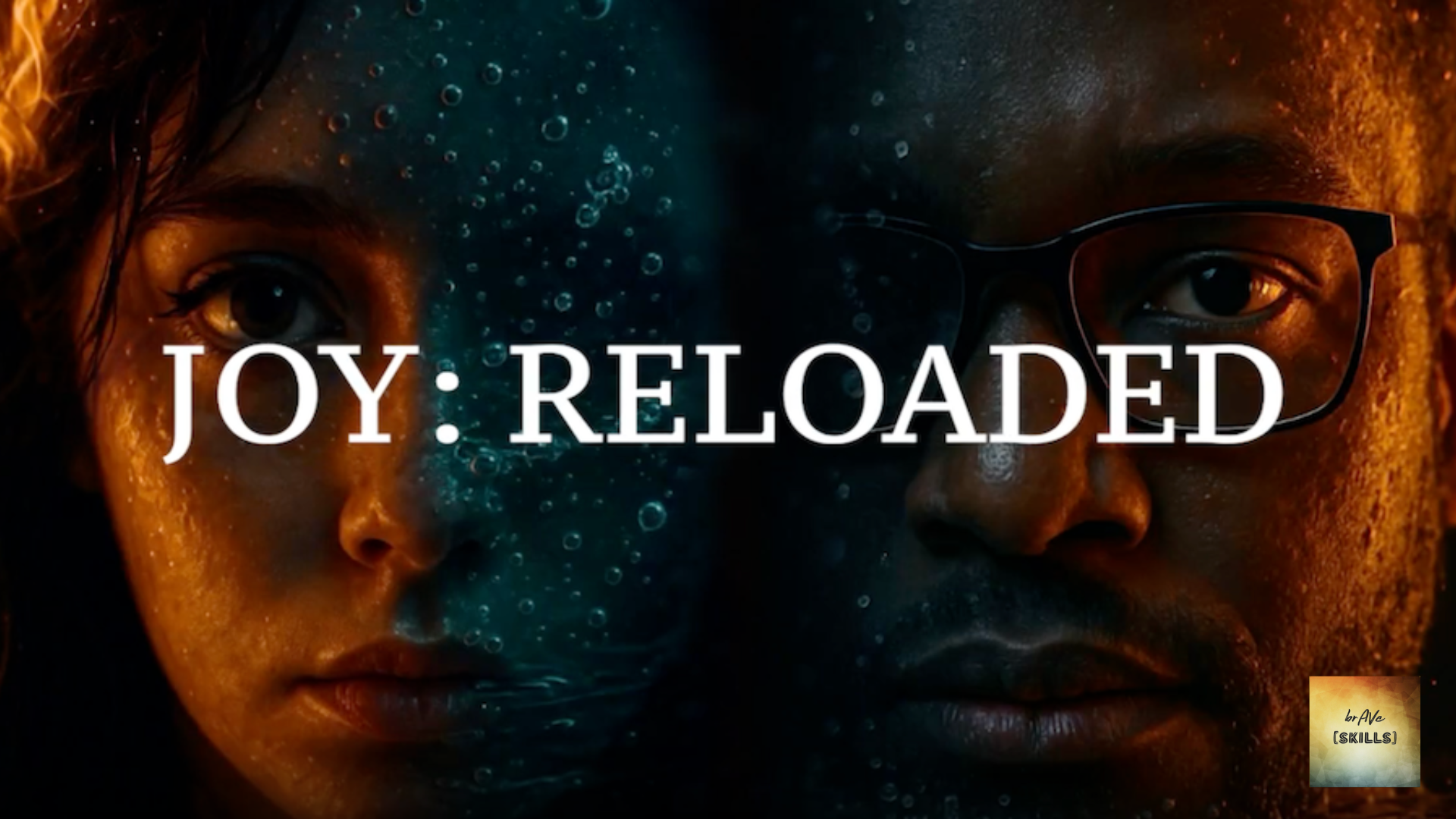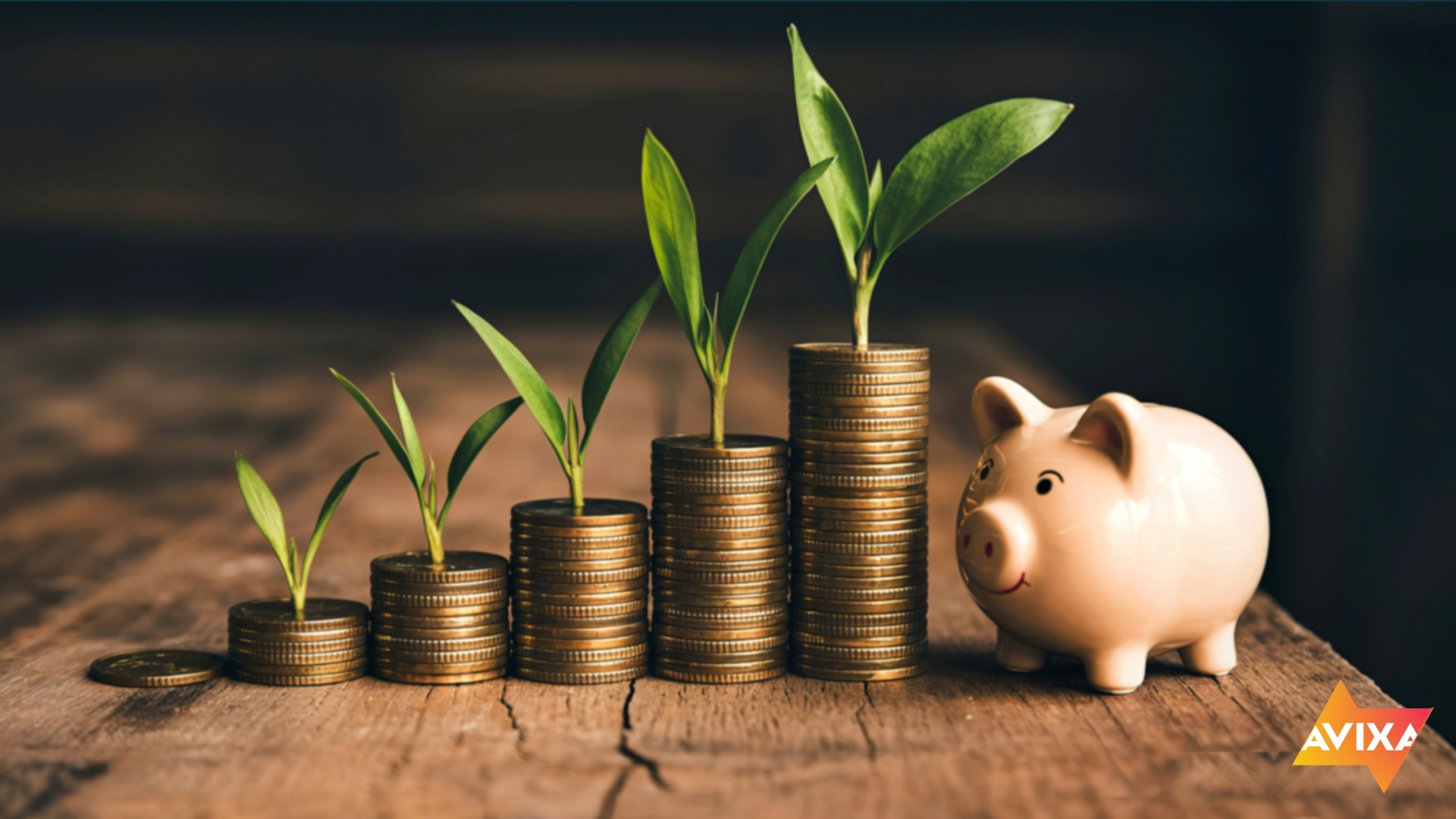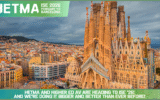Mending Relationships: The Bridge We Build
By Joe Way, PhD, CTS
We often think of bridges as incredible feats of engineering… steel and stone arching across great divides, connecting what once seemed to be an impossible chasm. But in truth, every relationship we mend is its own kind of bridge. The materials may be different: empathy instead of iron, humility over bolts. Yet, the craftsmanship required is just as deliberate. To build a bridge between hearts and minds, we must be both architect and laborer, designer and doer, willing to measure the distance and do the work to span it.
I’ve ruined a number of relationships in my life, and to be honest, my instinct is to run, close it off, and hope it goes away. I don’t think I’m alone there either. But, it’s the relationships that got mended are the ones that became the foundation for personal growth and perfect peace. Admitting mistakes and coming together isn’t weakness, it’s maturity.
Relationships fracture for countless reasons. Sometimes it’s neglect; sometimes it’s misunderstanding; sometimes it’s addiction; sometimes it’s just differences in opinion where common ground couldn’t be found; sometimes it’s pride that blocks the path. In those moments, the gap can feel impossibly wide, like a canyon carved by time and silence. But just as no physical bridge appears by accident, no emotional one is restored by chance. It takes intention… the choice to return to the ruins, pick up the tools, and begin again.
The foundation of any bridge is trust. Without it, the structure fails before the first beam is laid. Trust doesn’t reappear overnight, it must be poured and cured like concrete. It starts with honesty; It begins by admitting the cracks, owning your role in the erosion. It’s acknowledging the moments when you looked away instead of leaning in, when words built walls instead of supports. It finding the weaknesses in yourself and being intentional to create lasting personal change. True repair doesn’t come from grand gestures, it comes from consistency. Every apology honored, every boundary respected, every act of kindness reinforced are the rivets that hold reconciliation together.
Then comes the span, that part of the bridge that actually crosses the divide. This is where empathy lives. To span the distance between two people, you have to see the damage from both sides, as well as the possibilities that exist when the gap between you is closed. Empathy doesn’t erase what happened, it simply allows you to understand how the view looks from the other shore. It’s hard, humbling work, because it means letting go of the need to be right in favor of the need to be connected. It’s not about winning the argument, it’s about rebuilding what collapsed.
As the bridge takes shape, patience becomes the glue. There will be moments when you want to give up and it feels easier to let the river keep running between you. That honestly often feels safer, because you feel you’re in control of the pain. But the truth is, you’re not. Every bridge that stands the test of time was built slowly, intentionally, with care for every joint and juncture. Patience allows grace to set in. It gives both sides time to test the structure, to trust that the weight of their steps will be supported again.
And when that bridge finally stands, when the distance is closed and the first steps are taken across, something remarkable happens. The bridge itself becomes the legacy. It stands as a testament to the courage it took to return, to the love that refused to decay, to the humility that allowed healing to replace hurt. The strongest legacies aren’t measured by a list of accomplishments but by the connections we restore and the people we bring, and bring back, into our lives.
Think of every bridge you’ve built as a chapter in your story. Think of every bridge you rebuilt as the ribbon-cutting moments that open the roads to access personal well-being. Some are simple footbridges, meant to carry small moments of understanding. Others are grand and sweeping, rebuilt after years of strain. But all of them matter. They tell future generations that restoration is possible. They show character in action. They demonstrate that the human heart, though fragile, is also architectural in its resilience. It can bear weight again if we’re willing to strengthen its foundation.
We live in an era that celebrates building new things, Instagramable, fast, grand, and shiny. But the things that are lasting are universal, deliberate, and intentional. The most meaningful construction we can undertake is repair. It’s easier to start fresh than to revisit the ruins of what was once good. Yet, if you’ve ever stood on a bridge built hundreds, even thousands, of years ago, and felt the strength beneath your feet, you know the value of what endures. That’s what mending a relationship gives you; it offers the assurance that something broken can become beautiful again, not in spite of the cracks, but because of them.
All that to say, not every bridge is meant to be rebuilt. Some were constructed on unstable ground from the beginning… relationships marked by manipulation, abuse, or harm that compromise our safety and spirit. There are bridges that collapse for a reason, and revisiting them can reopen wounds rather than bring healing. Wisdom is knowing the difference between a bridge that needs repair and one that needs release, one that needs a detour because what’s on the other side isn’t worth visiting. Letting go is not bitterness, it’s setting healthy boundaries. Sometimes the most courageous act of restoration is choosing to leave the ashes where they are and instead focus on building new, healthier connections grounded in mutual respect, trust, and compassion.
So, look at the bridges in your own life. Which ones need attention? Which ones could still be walked upon, if only someone were brave enough to take the first step? Go to the worksite. Roll up your sleeves. You might be surprised at how quickly the structure begins to take shape once you commit to the build.
In the end, our greatest legacy isn’t the bridges we cross, but the ones we leave behind. It’s the lasting connections that make it easier for others to find their way to forgiveness, understanding, and love. When we mend what was broken, we don’t just rebuild relationships, we build a future where reconciliation becomes the blueprint for how we live and love.
Connect with Joe Way:
Web: https://www.josiahway.com
LinkedIn: https://linkedin.com/in/josiahway
X (Formerly Twitter): https://www.x.com/josiahway
Instagram: https://www.instagram.com/josiahway
